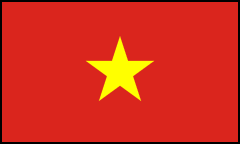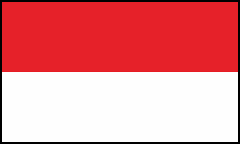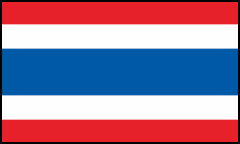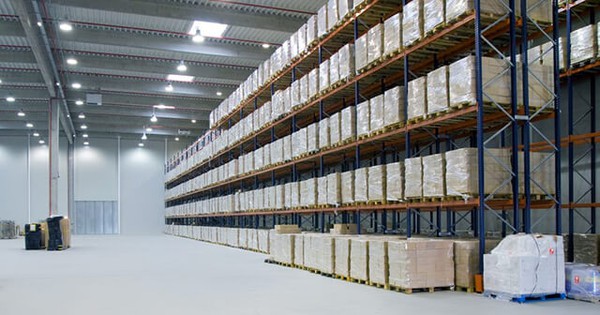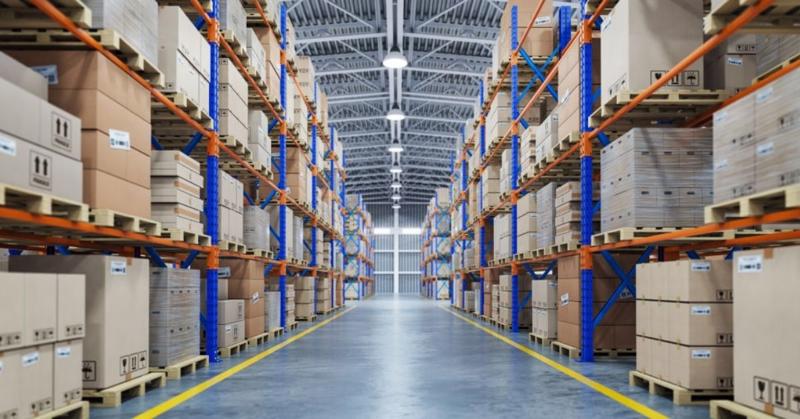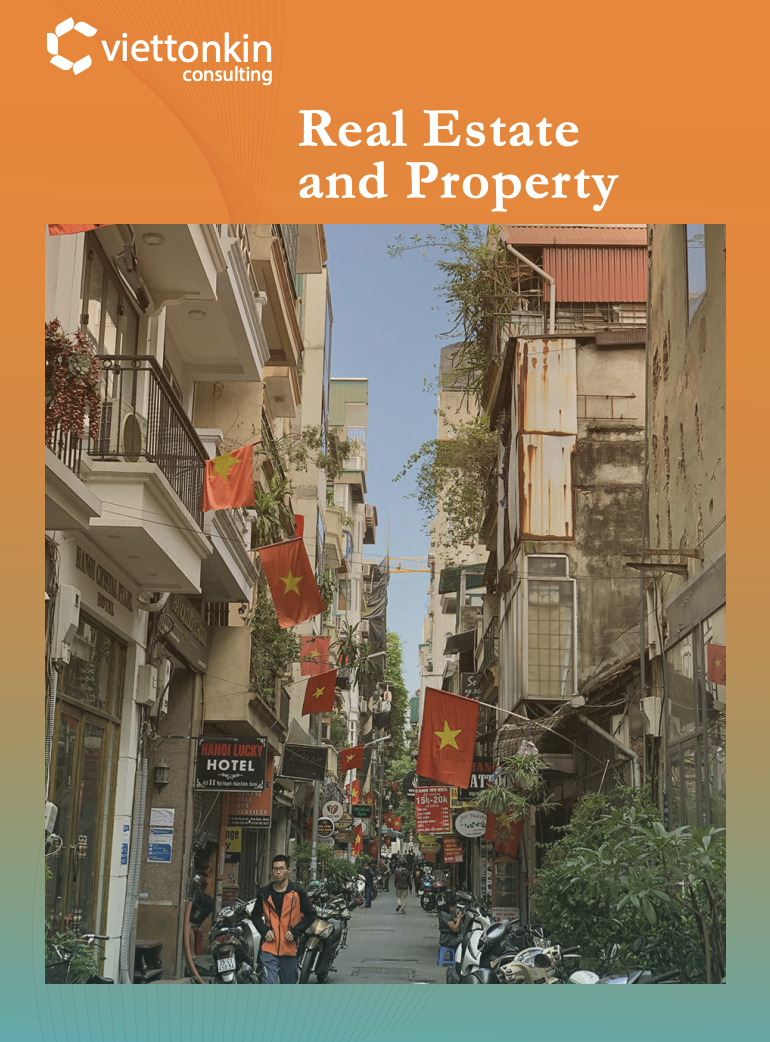The Cold Chain has gained increasing interest in Vietnam in the past few years. The term was coined to define the ability of a supply chain to control and maintain the appropriate temperature for separate goods with different cold storage requirements, thereby ensuring the quality and prolonging the usable duration of the goods. Currently, the cold chain is applied to pharmaceutical and chemical industries, retail, and food industries namely fresh agricultural products, seafood, frozen food, and fresh-cut flowers, among others.
Demand
As the cold chain is currently the most attractive segment in the logistics industry, the demand for it is burgeoning. According to the Ministry of Industry and Trade (MIT), the majority of cold storage services are in operation at over 90% of their capacity. Several Vietnam market reports also confirmed that the demand for cold chains will continue to grow tremendously at least in the next half-century. This can be attributed to the outburst of e-commerce along with the significant change in customer behavior towards organic consumption. Undoubtedly, the market space contains plenty of room as well as potential opportunities to attract investment in the cold chain under the new normal situation.
In addition, the rise in export volume of Vietnam post-Covid-19 contributes to the growth of the cold chain. Cross-border bilateral trade between Laos/Cambodia and Vietnam - a potential agricultural processing/logistics center for suppliers will promote the promising growth of the cold chain. Hence, new-generation free trade agreements namely EVFTA, CPTPP, and UKVFTA will stimulate export demand for agricultural and aquatic products to fastidious European markets along with increasing demand for cold storage systems.
When it comes to seafood export, Vietnam seafood stands third in export volume in the world, accounting for the largest area of cold storage. According to Mr. Truong Dinh Hoe - General Secretary of the Vietnam Association of Seafood Exporters and Producers (VASEP), the cold storage system is a core link for both the production and export chain of Vietnamese seafood. Currently, this system in Vietnam meets only 30-35% of the demand for food, agricultural and aquatic products preservation (Ministry of Agriculture and Rural Development). Especially in the prime period of Covid-19, approximately 30-50% of seafood export orders were canceled, leading to the dramatic increase in inventory and the maximum capacity of cold storage. Under such a situation, several seafood manufacturers had the intention of investing in cold storage for better production and preservation. However, in reality, few enterprises with large-scale manufacturing and abundant reciprocal capital actually implement the plan, while the majority of SMEs seek out cold chain services from suppliers. Sadly, the supply of these services is in dire shortage.
Regarding fruit and vegetables, Vietnam is recognized as one of the biggest vegetable and fruits exporters in the world thanks to strong demands from China, Japan, the USA, Russia, Indonesia, Taiwan, and Korea. Recent studies show that slightly above 8% of producers and suppliers for the domestic market apply cold chains to preserve the products. This figure is insignificant, implying the high rate of post-harvest spoilage of agricultural products in Vietnam which accounts for 25.4% of the total output. During the fourth outbreak of Covid-19, Vietnamese cold chains were always overloaded, sometimes operating at over 110% of capacity. Thus, the demand for cold supply chains is constantly increasing.
Supply
Vietnam's cold chain market supply is in its infancy and fragmented. The cold chain supply currently provides 48 facilities, divided into 2 main branches: cold storage with about 600,000 shelves and cold transport with more than 700 refrigerated trucks. This figure is marginal compared to the increasing amount of demand.
Most of the cold storage is mainly located in the Southern region of Vietnam in which 60% of the market share is in the hands of foreign investors, yet, the chances remain open to domestic potential firms. According to Mrs. Nguyen Hong Van - Hanoi Market Manager, JLL Vietnam Company, the domestic investors have advantages over land reserves and a good-term relationship with local authorities, boosting the project implementation. However, foreign investors excel at product development, operation, and financial potential. Thus, the combination of these two groups of investors is the driving force for the development of the cold storage market in the near future.
Opportunities
The rising demand and the undeveloped cold chain system in Vietnam have created great opportunities for investors in this sector. According to CUSHMAN & WAKEFIELD, Vietnam's cold chain market reached nearly 169 million USD in 2019 and is estimated to gain 295 million USD in 2025 with a CARG of 12%. Yet, this growth rate is modest compared to the current growing demand. Additionally, Mr. Dao Trong Khoa - Vice Chairman of the Vietnam Logistics Service Business Association - commented that cold logistics (including cold storage) in Vietnam is a niche segment of the logistics industry in which the key players in this segment are SMEs. Therefore, investment in cold chains is promising.
While the cold chain industry is nascent and still considered a niche market, the status of the industry is likely to change in the next few years and will become a key sector. Due to the scarcity of each type of specialized cold storage, demand is likely to exceed supply, thereby increasing the price. In this way, the first comers in the market expect to harvest higher capital returns. In particular, if used to buying stable assets, prudent investors can buy cold storage with a long-term lease. Meanwhile, if investors aim for a higher rate of return, they can explore development opportunities in both greenfield and brownfield projects to earn a return on investment. Besides, building partnerships with existing operators and tenants prior to the start of the project will help limit the risk of vacancy upon completion of the project. Investors and property owners can also consider converting conventional warehouses into cold storage to exploit the difference in rental fees.
Realizing the great potential of the cold storage market, large corporations, enterprises, and even foreign investment funds have also stepped up to invest in the construction of cold storage and warehouses for export in Vietnam. In detail, in July 2021, AJ Vietnam Cold Storage Company put the highest cold storage in Vietnam into operation, which is located inside Long Hau Industrial Park, containing 31,000 pallets. It is expected that a 23,000-pallet warehouse will be put into operation in May 2022 in Pho Noi, Hung Yen.
Many cold storages have been established in Ho Chi Minh City (HCMC) recently. In the Linh Trung Export Processing Zone (Thu Duc City), ABA Cooltrans Group has opened one more cold distribution center with a scale of 10,000 meters and a total investment of 250 billion VND. On completion, the center will have about 5,000 square meters of cold storage with a capacity of 8,000 tons and be capable of storing and transporting goods to 1,000 points around the HCMC area.
At Tan Tao Industrial Park (Binh Tan District, Ho Chi Minh City), the largest cold storage in Vietnam and Southeast Asia of nearly 4 hectares and a total investment of 1.300 billion VND has been put into operation by Hung Vuong Joint Stock Company (HVG). The storage is equipped with 60,000 pallets, with a capacity of 60,000-70,000 tons of goods. At the same time, the company is preparing a plan to invest in another cold storage at Hiep Phuoc port.
The interest of the Vietnamese Government in this potential sector.
Under the spirit of Decision 899/2013 on the necessity of agricultural transformation towards high and sustainable value, and with the support from Israel and the Netherlands, agricultural enterprises have used highly skilled labor, resulting in much higher productivity. Hence, the project of preventing post-harvest losses creates a premise for enterprises and organizations to apply modern and advanced preservation technologies namely cold and cool preservation, and modified atmosphere preservation among others, thereby prolonging the transportation time and ensuring the quality of the goods. Thus, this will become the driving force for Agriculture logistics.
Likewise, Decree 163/2017/ND-CP on logistics development creates more opportunities for foreign investors in the logistics sector. With Decision No. 63/2010/QD-TTg, cold storage construction enterprises are eligible to apply for development investment credit interest rate and free land rent along with receiving 20% support for site clearance and 30% for technical infrastructure completion outside the investment fence. In 2022, the Ministry of Agriculture and Rural Development will propose to the Government the mechanisms and policies to support tax and loan interest rates for businesses investing in cold storage systems. Recently, the government gives ongoing support for infrastructure development in several developing regions, including the deployment of third port strategies, multimodal terminals, rail, and barge solutions, which further enhance the prospects of the cold chains.
In the upcoming time, the Government will promote the development of cold chains through diverse incentive investment policies and preferential programs. Viettonkin assessed that it is the right time for both foreign and domestic investors to seize the chances and capture a large market share. Investment in this industry is not so challenging with the help and support from seasoned experts. Viettonkin is proud to be one of the leading consulting firms that can help you navigate through the legal process of doing business in Vietnam. Let’s start your journey right now!

